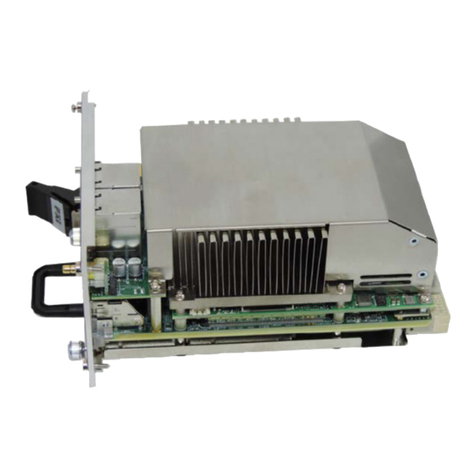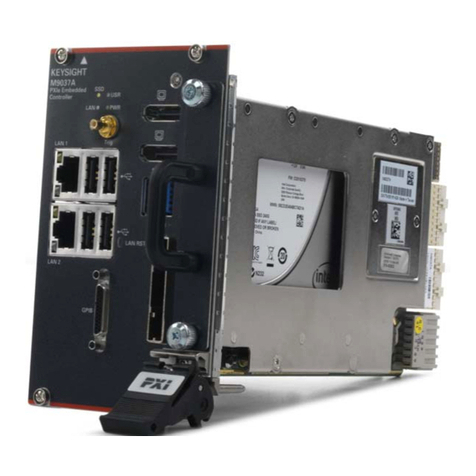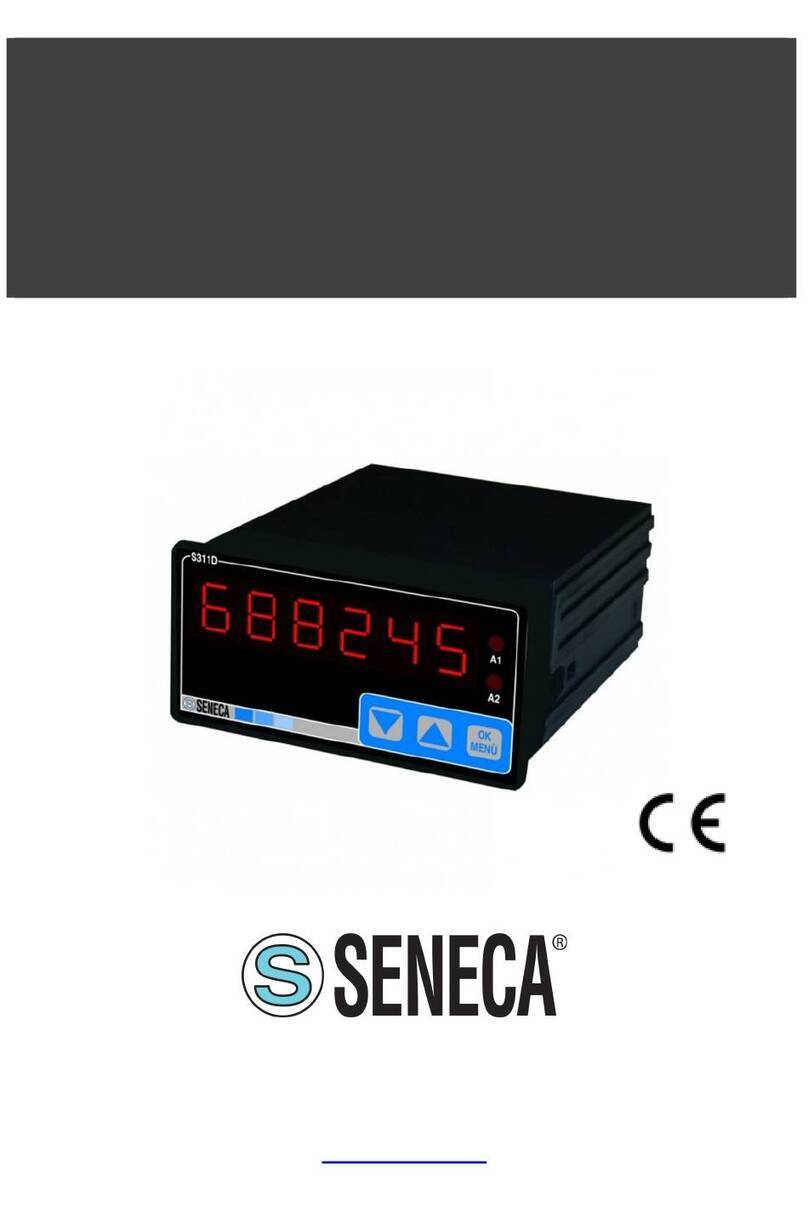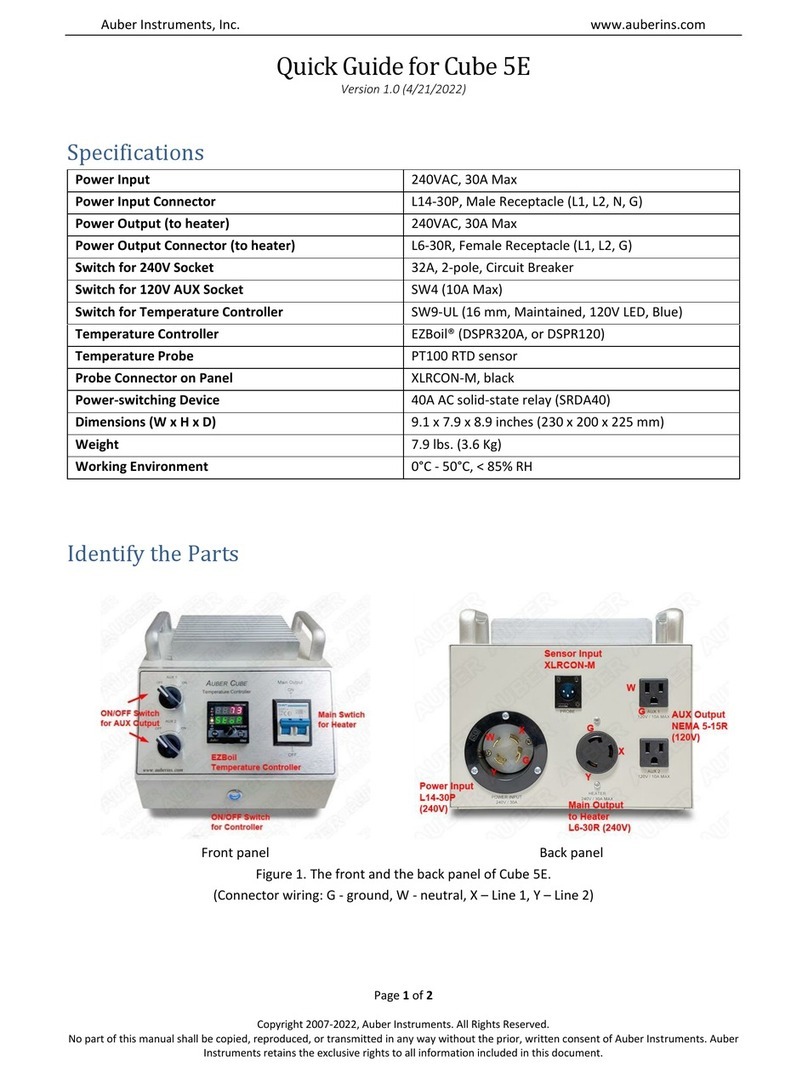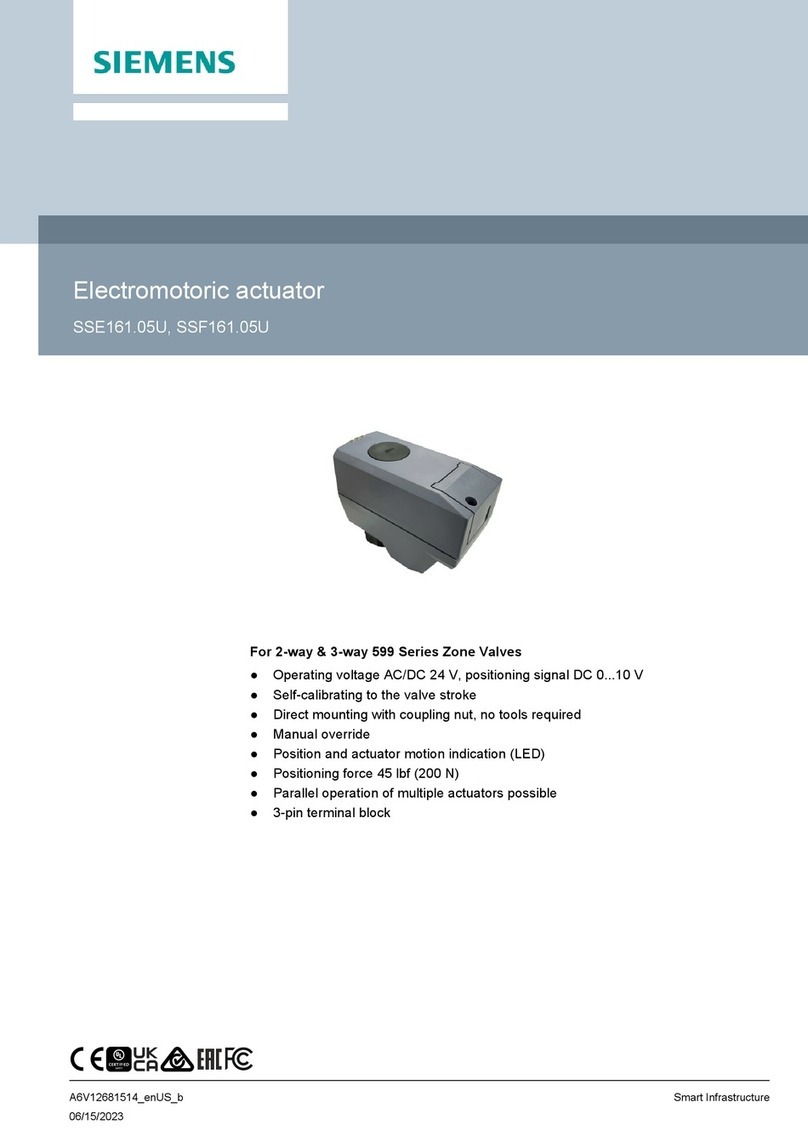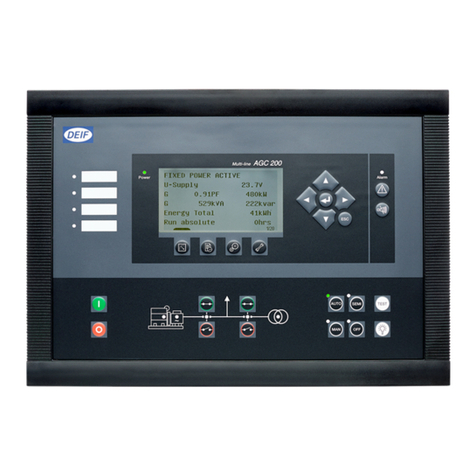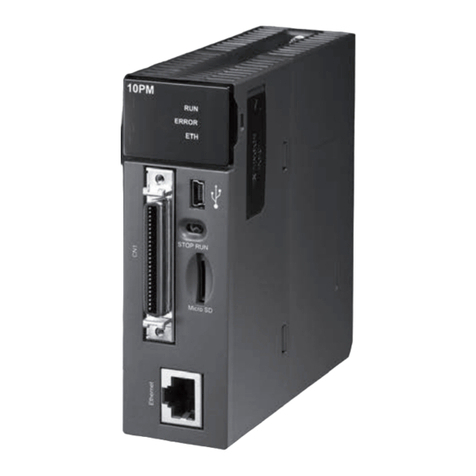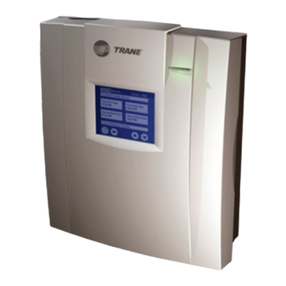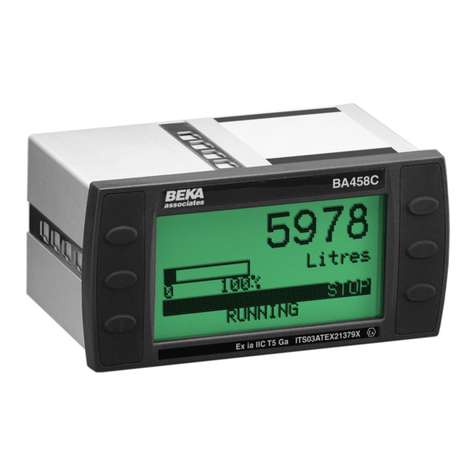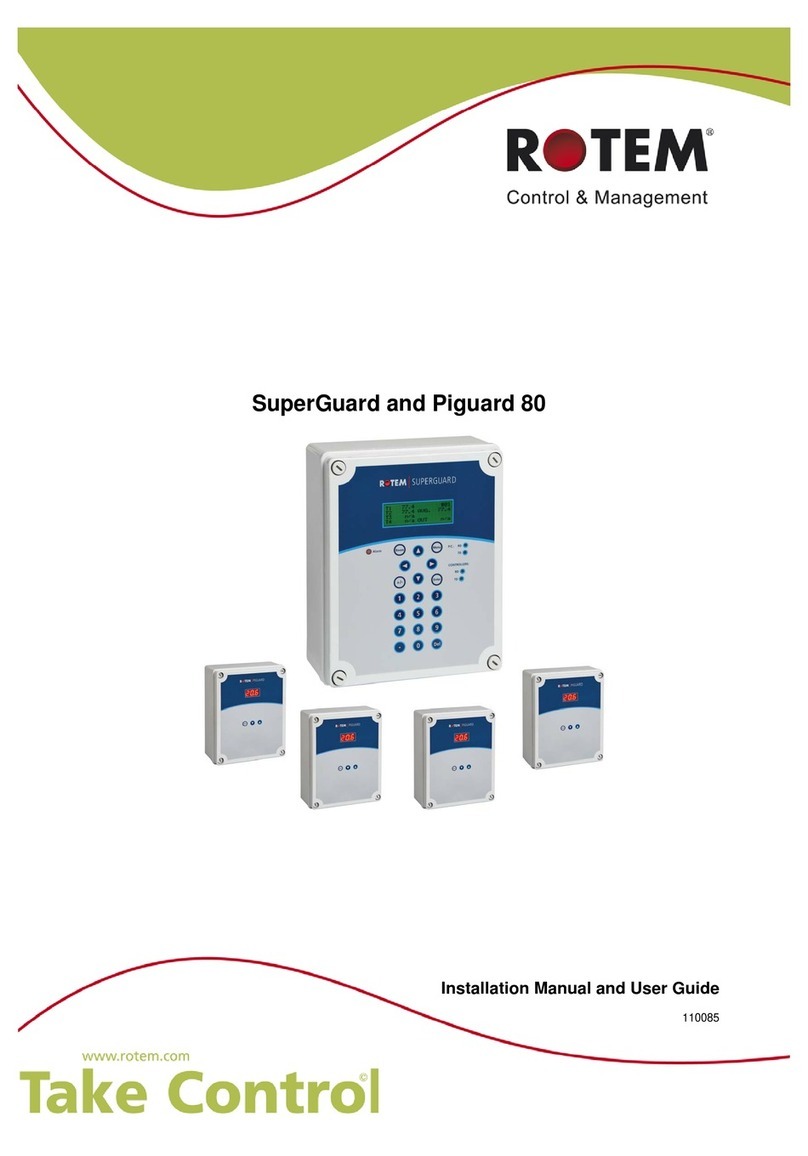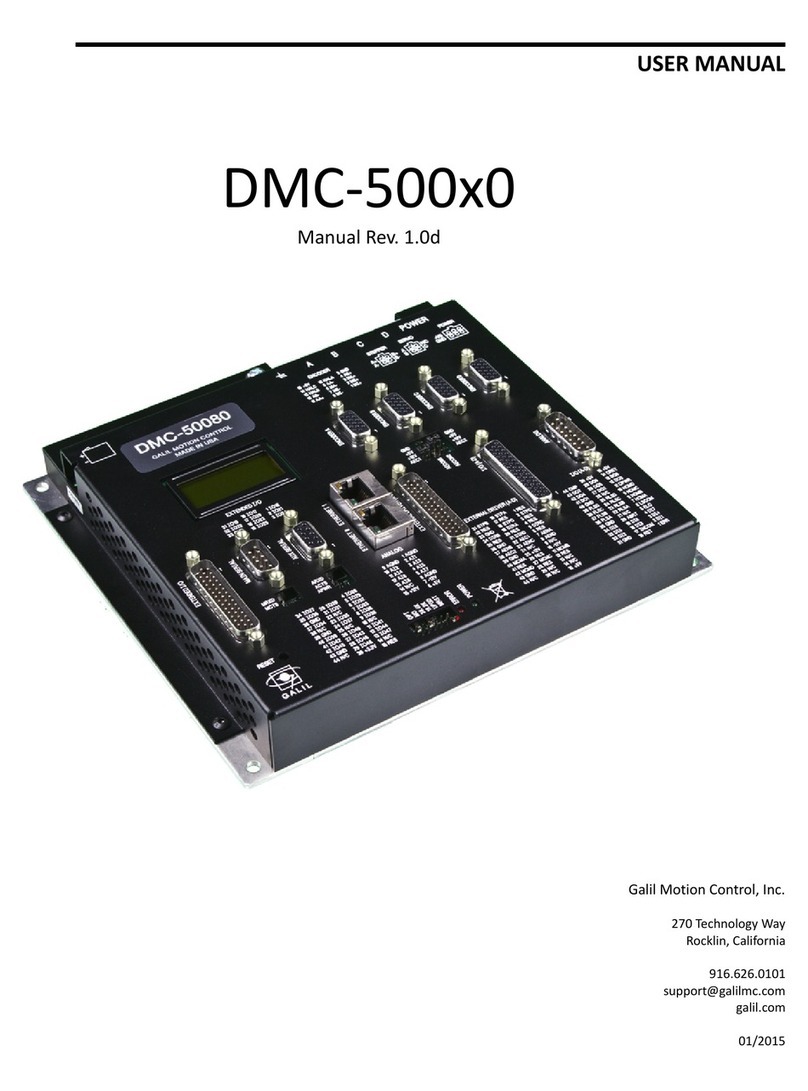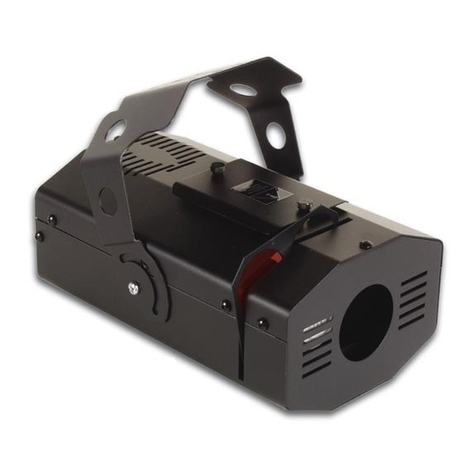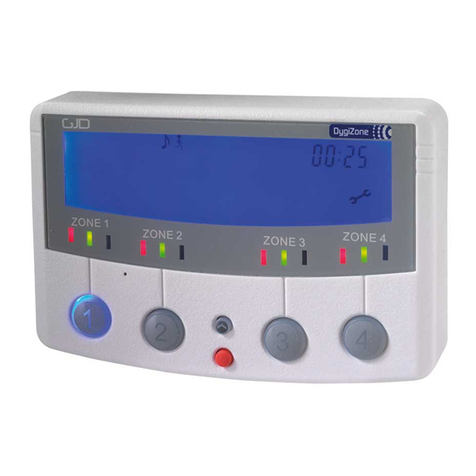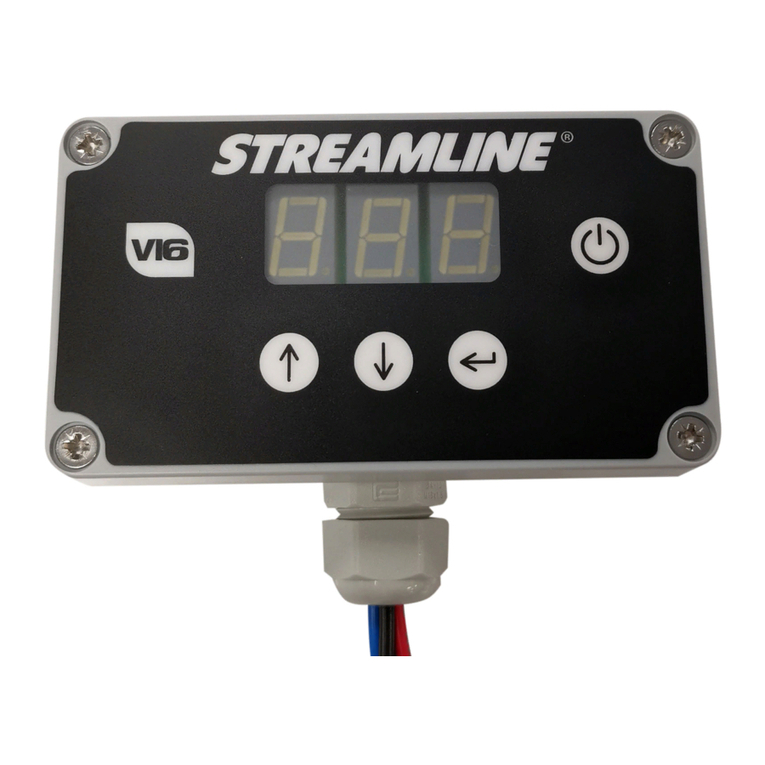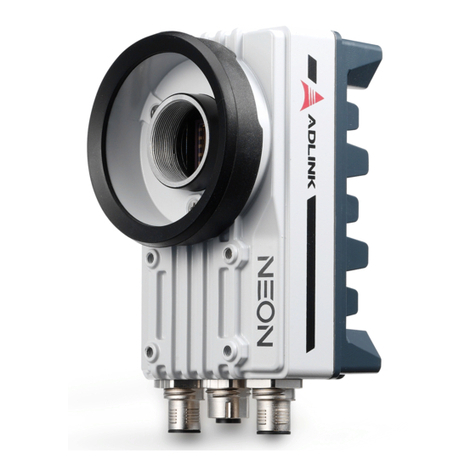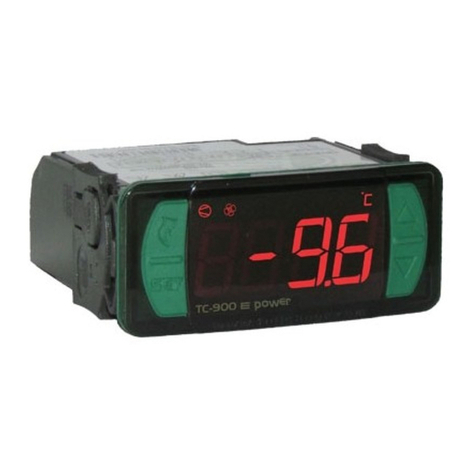Keysight Technologies M9037A User guide

Keysight M9037A PXIe
Embedded Controller
Startup Guide


Notices
© Keysight Technologies, Inc. 2014
No part of this manual may be repro-
duced in any form or by any means
(including electronic storage and retrieval
or translation into a foreign language)
without prior agreement and written con-
sent from Keysight Technologies, Inc. as
governed by United States and interna-
tional copyright laws.
Manual Part Number
M9037-90001
Edition
Third Edition, September 2014
Printed in Malaysia
Keysight Technologies, Inc.
1400 Fountaingrove Parkway
Santa Rosa, CA 95403 USA
Trademarks
AXIe is a registered trademark of the AXIe
Consortium.
PXI is a registered trademark of the PXI
Systems Alliance.
PICMG®, Compact PCI®, and
AdvancedTCA®are registered trade-
marks of the PCI Industrial Computer
Manufacturers Group.
PCI-SIG®, PCI Express®, and PCIe®are
registered trademarks of PCI-SIG.
Sales and Technical Support
To contact Keysight for sales and techni-
cal support, refer to the support links on
the following Keysight websites:
www.keysight.com/find/M9037A (prod-
uct-specific information and support,
software and documentation updates)
www.keysight.com/find/assist (world-
wide contact information for repair and
service)
Information on preventing damage to
your Keysight equipment can be found at
www.keysight.com/find/tips.
Declaration of Conformity
Declarations of Conformity for this prod-
uct and for other Keysight products may
be downloaded from the Web. Go to
http://keysight.com/go/conformity and
click on “Declarations of Conformity.” You
can then search by product number to
find the latest Declaration of Conformity.
Technology Licenses
The hardware and/or software described
in this document are furnished under a
license and may be used or copied only in
accordance with the terms of such
license.
Warranty
THE MATERIAL CONTAINED IN THIS
DOCUMENT IS PROVIDED “AS IS,” AND
IS SUBJECT TO BEING CHANGED,
WITHOUT NOTICE, IN FUTURE EDI-
TIONS. FURTHER, TO THE MAXIMUM
EXTENT PERMITTED BY APPLICABLE
LAW, KEYSIGHT DISCLAIMS ALL WAR-
RANTIES, EITHER EXPRESS OR IMPLIED,
WITH REGARD TO THIS MANUAL AND
ANY INFORMATION CONTAINED
HEREIN, INCLUDING BUT NOT LIMITED
TO THE IMPLIED WARRANTIES OF MER-
CHANTABILITY AND FITNESS FOR A
PARTICULAR PURPOSE. KEYSIGHT
SHALL NOT BE LIABLE FOR ERRORS OR
FOR INCIDENTAL OR CONSEQUENTIAL
DAMAGES IN CONNECTION WITH THE
FURNISHING, USE, OR PERFORMANCE
OF THIS DOCUMENT OR OF ANY INFOR-
MATION CONTAINED HEREIN. SHOULD
KEYSIGHT AND THE USER HAVE A SEP-
ARATE WRITTEN AGREEMENT WITH
WARRANTY TERMS COVERING THE
MATERIAL IN THIS DOCUMENT THAT
CONFLICT WITH THESE TERMS, THE
WARRANTY TERMS IN THE SEPARATE
AGREEMENT SHALL CONTROL.
Keysight Technologies does not warrant
third-party system-level (combination of
chassis, controllers, modules, etc.) per-
formance, safety, or regulatory compli-
ance unless specifically stated.
DFARS/Restricted Rights
Notices
If software is for use in the performance
of a U.S. Government prime contract or
subcontract, Software is delivered and
licensed as “Commercial computer soft-
ware” as defined in DFAR 252.227-7014
(June 1995), or as a “commercial item” as
defined in FAR 2.101(a) or as “Restricted
computer software” as defined in FAR
52.227-19 (June 1987) or any equivalent
agency regulation or contract clause.
Use, duplication or disclosure of Software
is subject to Keysight Technologies’ stan-
dard commercial license terms, and non-
DOD Departments and Agencies of the
U.S. Government will receive no greater
than Restricted Rights as defined in FAR
52.227-19(c)(1-2) (June 1987). U.S. Gov-
ernment users will receive no greater
than Limited Rights as defined in FAR
52.227-14 (June 1987) or DFAR 252.227-
7015 (b)(2) (November 1995), as applica-
ble in any technical data.

Safety Information
The following general safety precau-
tions must be observed during all
phases of operation of this instrument.
Failure to comply with these precau-
tions or with specific warnings or oper-
ating instructions in the product
manuals violates safety standards of
design, manufacture, and intended use
of the instrument. Keysight Technolo-
gies assumes no liability for the cus-
tomer's failure to comply with these
requirements.
General
Do not use this product in any manner not
specified by the manufacturer. The protec-
tive features of this product must not be
impaired if it is used in a manner specified in
the operation instructions.
Before Applying Power
Verify that all safety precautions are taken.
Make all connections to the unit before
applying power. Note the external markings
described under “Safety Symbols”.
Ground the Instrument
Keysight chassis’ are provided with a
grounding-type power plug. The
instrument chassis and cover must be
connected to an electrical ground to
minimize shock hazard. The ground pin
must be firmly connected to an electri-
cal ground (safety ground) terminal at
the power outlet. Any interruption of
the protective (grounding) conductor
or disconnection of the protective
earth terminal will cause a potential
shock hazard that could result in per-
sonal injury.
Do Not Operate in an Explosive
Atmosphere
Do not operate the module/chassis in
the presence of flammable gases or
fumes.
Do Not Operate Near Flammable
Liquids
Do not operate the module/chassis in
the presence of flammable liquids or
near containers of such liquids.
Cleaning
Clean the outside of the Keysight mod-
ule/chassis with a soft, lint-free,
slightly dampened cloth. Do not use
detergent or chemical solvents.
Do Not Remove Instrument Cover
Only qualified, service-trained person-
nel who are aware of the hazards
involved should remove instrument
covers. Always disconnect the power
cable and any external circuits before
removing the instrument cover.
Keep away from live circuits
Operating personnel must not remove
equipment covers or shields. Proce-
dures involving the removal of covers
and shields are for use by service-
trained personnel only. Under certain
conditions, dangerous voltages may
exist even with the equipment
switched off. To avoid dangerous elec-
trical shock, DO NOT perform proce-
dures involving cover or shield removal
unless you are qualified to do so.
DO NOT operate damaged
equipment
Whenever it is possible that the safety
protection features built into this prod-
uct have been impaired, either through
physical damage, excessive moisture,
or any other reason, REMOVE POWER
and do not use the product until safe
operation can be verified by service-
trained personnel. If necessary, return
the product to an Keysight Technolo-
gies Sales and Service Office for ser-
vice and repair to ensure the safety
features are maintained.
DO NOT block the primary
disconnect
The primary disconnect device is the
appliance connector/power cord when
a chassis used by itself, but when
installed into a rack or system the dis-
connect may be impaired and must be
considered part of the installation.
Do Not Modify the Instrument
Do not install substitute parts or per-
form any unauthorized modification to
the product. Return the product to an
Keysight Sales and Service Office to
ensure that safety features are main-
tained.
In Case of Damage
Instruments that appear damaged or
defective should be made inoperative
and secured against unintended oper-
ation until they can be repaired by
qualified service personnel
Do NOT block vents and fan exhaust:
To ensure adequate cooling and venti-
lation, leave a gap of at least 50mm
(2") around vent holes on both sides of
the chassis.
Do NOT operate with empty slots: To
ensure proper cooling and avoid dam-
aging equipment, fill each empty slot
with an AXIe filler panel module.
Do NOT stack free-standing chassis:
Stacked chassis should be rack-
mounted.
All modules are grounded through the
chassis: During installation, tighten
each module's retaining screws to
secure the module to the chassis and
to make the ground connection.
Operator is responsible to maintain
safe operating conditions. To ensure
safe operating conditions, modules
should not be operated beyond the full
temperature range specified in the
Environmental and physical specifica-
tion. Exceeding safe operating condi-
tions can result in shorter lifespan,
improper module performance and
user safety issues. When the modules
are in use and operation within the
specified full temperature range is not
maintained, module surface tempera-
tures may exceed safe handling condi-
tions which can cause discomfort or
burns if touched. In the event of a
module exceeding the full temperature
range, always allow the module to cool
before touching or removing modules
from the chassis.
iv

Safety Symbols
A CAUTION denotes a hazard. It
calls attention to an operating pro-
cedure or practice, that, if not cor-
rectly performed or adhered to
could result in damage to the
product or loss of important data.
Do not proceed beyond a CAUTION
notice until the indicated condi-
tions are fully understood and met.
A WARNING denotes a hazard. It
calls attention to an operating pro-
cedure or practice, that, if not cor-
rectly performed or adhered to,
could result in personal injury or
death. Do not proceed beyond a
WARNING notice until the indi-
cated conditions are fully under-
stood and met.
Products display the following sym-
bols:
The CSA mark is a registered trade-
mark of the Canadian Standards Asso-
ciation and indicates compliance to
the standards laid out by them. Refer
to the product Declaration of Confor-
mity for details.
Notice for European Community: This
product complies with the relevant
European legal Directives: EMC Direc-
tive (2004/108/EC) and Low Voltage
Directive (2006/95/EC).
The Regulatory Compliance Mark
(RCM) mark is a registered trademark.
This signifies compliance with the Aus-
tralia EMC Framework regulations
under the terms of the Radio Commu-
nication Act of 1992.
ICES/NMB-001 indicates that this ISM
device complies with the Canadian
ICES-001.
This symbol represents the time period
during which no hazardous or toxic
substance elements are expected to
leak or deteriorate during normal use.
Forty years is the expected useful life
of this product.
South Korean Class A EMC Declara-
tion. this equipment is Class A suitable
for professional use and is for use in
electromagnetic environments outside
of the home.
Waste Electrical and
Electronic
Equipment (WEEE)
Directive
2002/96/EC
This product complies with the WEEE
Directive (2002/96/EC) marking
requirement. The affixed product label
(see below) indicates that you must not
discard this electrical/electronic prod-
uct in domestic household waste.
Product Category: With reference to
the equipment types in the WEEE
directive Annex 1, this product is clas-
sified as a “Monitoring and Control
instrumentation” product.
Do not dispose in domestic household
waste.
To return unwanted products, contact
your local Keysight office, or see
www.keysight.com/environment/prod-
uct for more information.
Warning, risk of electric
shock
Refer to manual for addi-
tional safety information.
Earth Ground.
Chassis Ground.
Alternating Current (AC).
Standby Power. Unit is not
completely disconnected
from AC mains when
switch is in standby.
Antistatic precautions
should be taken.
CAT I
CAT II
CAT III
CAT IV
IEC Measurement Cate-
gory I, II, III, or IV
For localized Safety Warnings, Refer
to Keysight Safety document (p/n
9320-6792).
v

vi

Keysight M9037A PXIe Embedded Controller Startup Guide iv
Contents
Documentation Map . . . . . . . . . . . . . . . . . . . . . . . . . . . . . . . . . . . . . . . . . . . . . . v
Introduction . . . . . . . . . . . . . . . . . . . . . . . . . . . . . . . . . . . . . . . . . . . . . . . . . . . . . 6
Related Documentation . . . . . . . . . . . . . . . . . . . . . . . . . . . . . . . . . . . . . . . . . 6
M9037A at a Glance . . . . . . . . . . . . . . . . . . . . . . . . . . . . . . . . . . . . . . . . . . . . . . 7
Front panel LED indicators. . . . . . . . . . . . . . . . . . . . . . . . . . . . . . . . . . . . . . . 8
LAN RST Switch. . . . . . . . . . . . . . . . . . . . . . . . . . . . . . . . . . . . . . . . . . . . . 8
Step 1: Unpack and Inspect the Module . . . . . . . . . . . . . . . . . . . . . . . . . . . . . . 9
ESD . . . . . . . . . . . . . . . . . . . . . . . . . . . . . . . . . . . . . . . . . . . . . . . . . . . . . . . . . 9
Inspect for damage. . . . . . . . . . . . . . . . . . . . . . . . . . . . . . . . . . . . . . . . . . . . . 9
If you need to return the module for service . . . . . . . . . . . . . . . . . . . . . . . . 10
Step 2: Verify Shipment Contents. . . . . . . . . . . . . . . . . . . . . . . . . . . . . . . . . . . 11
Step 3: Install the M9037A Embedded Controller . . . . . . . . . . . . . . . . . . . . . . 12
Removing the M9037A from the chassis . . . . . . . . . . . . . . . . . . . . . . . . . . . 14
Power On Sequence . . . . . . . . . . . . . . . . . . . . . . . . . . . . . . . . . . . . . . . . . . . 14
Power Off Sequence. . . . . . . . . . . . . . . . . . . . . . . . . . . . . . . . . . . . . . . . . . . 14
Power Down Modes . . . . . . . . . . . . . . . . . . . . . . . . . . . . . . . . . . . . . . . . . . . 15
Activating Microsoft Windows . . . . . . . . . . . . . . . . . . . . . . . . . . . . . . . . . . . 15
How to verify Windows Activation?. . . . . . . . . . . . . . . . . . . . . . . . . . . . . 16
Controller and Chassis Drivers. . . . . . . . . . . . . . . . . . . . . . . . . . . . . . . . . . . 16
Windows Security. . . . . . . . . . . . . . . . . . . . . . . . . . . . . . . . . . . . . . . . . . . . . 16
User data backup . . . . . . . . . . . . . . . . . . . . . . . . . . . . . . . . . . . . . . . . . . . . . 17
System Backup and Recovery . . . . . . . . . . . . . . . . . . . . . . . . . . . . . . . . . . . 17
Step 4: Run Keysight IO Libraries Suite . . . . . . . . . . . . . . . . . . . . . . . . . . . . . . 18
Step 5. Verify Operation . . . . . . . . . . . . . . . . . . . . . . . . . . . . . . . . . . . . . . . . . . 19
Step 6: Install User Application Modules in the PXIe Chassis . . . . . . . . . . . . . 20
Install application module drivers (if necessary) . . . . . . . . . . . . . . . . . . . . . 20
Upgrading from the M9036A . . . . . . . . . . . . . . . . . . . . . . . . . . . . . . . . . . . . . . 21
Controller Operating System. . . . . . . . . . . . . . . . . . . . . . . . . . . . . . . . . . . . . . . 22
Windows security . . . . . . . . . . . . . . . . . . . . . . . . . . . . . . . . . . . . . . . . . . . . . 22
User data backup . . . . . . . . . . . . . . . . . . . . . . . . . . . . . . . . . . . . . . . . . . . . . 22
Chassis shutdown. . . . . . . . . . . . . . . . . . . . . . . . . . . . . . . . . . . . . . . . . . . . . 23
M9018A PCIe Link Configuration . . . . . . . . . . . . . . . . . . . . . . . . . . . . . . . . . . . 24
Using LabVIEW . . . . . . . . . . . . . . . . . . . . . . . . . . . . . . . . . . . . . . . . . . . . . . . . . 25
M9037A Accessories . . . . . . . . . . . . . . . . . . . . . . . . . . . . . . . . . . . . . . . . . . . . . 26
Environmental Operating Conditions . . . . . . . . . . . . . . . . . . . . . . . . . . . . . . . . 27

v Keysight M9037A PXIe Embedded Controller Startup Guide
Documentation Map
User Guide
x
Product theory of
operation
x
Configuration
x
Self test
x
Field calibration
x
Error reports
x
IVI-COM and IVI-C
driver programmer’s
reference
x
LabVIEW driver
programmer’s
reference
x
Detailed config\
operating
instructions
SFP help system
Product web
site
Soft Front Panel (SFP) user interface
Startup
Guide
Product
CD
Visual Studio
Access to all DOCUMENTATION noted below
IVI Driver help system
LabVIEW LabVIEW Driver help system
Press F1 with
focus on Method
Context Help
with link to
detailed VI
information
Data Sheet
xProduct
Description
x
Technical
specifications
Startu
p
Guide
x
Install software
xInstall & connect
hardware
x
Verify operation
Other Manuals
x
Service Guide
xSecurity Guide
xSpecification
Guide
P
r
es
s
F
1
w
ith
fo
fo
f
f
fo
fo
f
o
fo
fo
f
fofo
f
f
fo
fo
o
fo
f
cu
cu
cu
cu
cu
cu
cu
cu
c
u
u
cu
u
u
s
s
s
s
s
s
s
s
s
on
on
on
on
on
on
on
on
on
on
on
on
on
n
n
M
M
M
M
M
M
M
M
M
MM
M
M
M
M
M
M
M
M
M
M
et
t
t
et
et
et
et
et
et
t
t
et
et
et
et
et
t
et
et
t
et
ho
ho
ho
ho
h
ho
ho
ho
h
ho
h
ho
ho
h
ho
ho
ho
h
ho
h
ho
d
d
d
d
d
d
d
d
d
d
d
d
d
d
d
d
d
d
d
d

M9037A PXIe Embedded Controller
Startup Guide
6
Introduction
Keysight’s M9037A is a 3U, 4-slot PXIe Embedded Controller providing:
-Intel Haswell CoreTM i7-4700EQ quad-core, 2.4 GHz processor
-4 GB standard (or optional 8 or 16 GB) 1600 MHz DDR3 Memory*
-240 GB SATA 2.5 inch solid state drive (SSD) front panel removable
-Integrated IO on the front panel includes two Gigabit Ethernet ports, four USB
2.0 ports†, two USB 3.0 ports, GPIB connector, two DisplayPort video ports
(also known as DisplayPort++), one PCIe x8 connector
-Front Panel SMB Trigger Connector used to route an external trigger signal
(TTL level) to/from the PXI backplane with software trigger
-Preloaded with Keysight IO Libraries and your choice of either Microsoft
Windows Embedded Standard 7 (WES7) 32-bit or 64-bit Operating System
-Pre-installed IVI drivers for the Keysight M9018A 18-slot PXIe chassis
Related Documentation
A Windows Embedded Standard 7 (WES7) Operating System and all M9037A
drivers were installed at the factory, no additional drivers are required. This
Startup Guide and an M9037A User Guide are also found on the Product
Information CD supplied with the controller.
Complete M9037A documentation, as well as the M9018A PXIe chassis
documentation, is available preinstalled on the M9037A SSD. From the Windows
Start button, select All Programs > Keysight > M9037A or M9018A.
Adobe Reader is required to view the documentation supplied on the M9037A
and product CD. It is available free at: http://www.adobe.com. You should install
this on your M9037A prior to attempting to open a .PDF file.
For the latest M9037A specifications, go to: www.keysight.com/find/M9037A.
For the IVI trigger driver, help file, program examples, etc. go to:
C:\ProgramFiles\IVI Foundation\IVI\Drivers\AgPxiPc or
C:\ProgramFiles x86\IVI Foundation\IVI\Drivers\AgPxiPc
For the Soft Front Panel interface: from the Window’s Start menu, select:
Start > All Programs > Keysight > PXIe Embedded Controller >
Embedded Controller SFP
* The M9037A has two 240-pin, RDIMM sockets that support DDR3-1600 REG/ECC RAM sticks. The standard
M9037A configuration is a single 4 GB memory module with a factory option to provide either 8 or 16 GB
memory. A 32-bit OS system may not be able to address 4GB memory space. To use the full 16GB memory, a
64-bit OS must be used. The M9037A can address up to 32 GB total memory.
† The USB 2.0 and 3.0 ports do not support the USB Battery Charging specification. Do not connect
non-standard or defective USB devices

7 Keysight M9037A PXIe Embedded Controller Startup Guide
M9037A at a Glance
M9037A at a Glance
The following figure shows the front panel for the M9037A. Detailed information
about the module follows in this manual.
DisplayPort Connectors
GPIB
USB 2.0 Ports*
SMB Trigger
LED Indicators
Connector USB 3.0 Ports
PCIe Connector
Handle for
LAN (GbE)
Port #1
LAN (GbE)
Port #2
LAN Reset
PCIe Link Speed
Connector
(supports multiple monitors
Indicator
removing
button
* The USB 2.0 and 3.0 ports do not support the USB Battery Charging specification. Do not connect non-standard or defective
USB devices.

Keysight M9037A PXIe Embedded Controller Startup Guide 8
M9037A at a Glance
Front panel LED indicators
The following table lists the LEDs on the front panel and a brief description of
their use and what they indicate.
Gigabit Ethernet (GbE) LEDs
LAN RST Switch
The LAN RST switch is reserved for Keysight use only. Depressing the LAN RST
switch has no effect.
LED Indicator Color Description
PWR Green If the LED is on, the power supply to the controller is good
and the system should boot.
SSD Amber When the Solid State Drive (SSD) is active, the LED will
flash.
LAN N/A These two LEDS and the LAN RST switch are reserved for
Keysight use only. The LEDs should never turn on or flash.
Depressing the LAN RST switch has no effect.
USB N/A
PCIe Link Green Indicates PCIe Link Status:
Off = no link;
blinking @ 1 Hz rate = Gen1 speed
blinking @ 2 Hz = Gen2 speed
LED on steady = Gen3 speed
Status Speed LED
(Green/Amber)
Activity LED
(Yellow)
Network link is not established or
system is powered off
OFF OFF
10 Mbps
Link Off ON
Active Off Blinking
100 Mbps
Link Green ON
Active Green Blinking
1000 Mbps
Link Amber ON
Active Amber Blinking
Speed and Link
10Mbps: off
100Mbps: Green
1000Mbps: Amber
Active
Blinks when accessing IO
RJ-45
connector

9 Keysight M9037A PXIe Embedded Controller Startup Guide
Step 1: Unpack and Inspect the Module
Step 1: Unpack and Inspect the Module
ESD
Electrostatic discharge (ESD) can damage or destroy electronic components. All
work on electronic assemblies should be performed at a static-safe work station.
The following figure shows an example of a static-safe work station using two
types of ESD protection. Purchase acceptable ESD accessories from your local
supplier.
-Conductive table-mat and
wrist-strap combination.
-Conductive floor-mat and
heel-strap combination.
Both types, when used together,
provide a significant level of ESD
protection. Of the two, only the
table-mat and wrist-strap
combination provides adequate
ESD protection when used alone.
To ensure user safety, the
static-safe accessories must
provide at least 1 Mof isolation
from ground.
Inspect for damage
After unpacking the embedded controller, carefully inspect it for any shipping
damage. Report any damage to the shipping agent immediately, as such
damage is not covered by the warranty.
Keysight’s PXIe Modules are shipped in materials that prevent
static electricity damage. The modules should only be removed
from the packaging in an anti-static area ensuring that correct
anti-static precautions are taken. Store all modules in anti-static
envelopes when not in use.
To avoid damage when handling a module; do not touch exposed
connector pins.
Information on preventing damage to your Keysight equipment can
be found at www.keysight.com/find/tips.

Keysight M9037A PXIe Embedded Controller Startup Guide 10
Step 1: Unpack and Inspect the Module
If you need to return the module for service
Should it become necessary to return a Keysight module for repair or service,
follow the steps below:
1Review the warranty information shipped with your product.
2Contact Keysight to obtain a return authorization and return address. If you
need assistance finding Keysight contact information go to
www.keysight.com/find/assist (worldwide contact information for repair and
service) or refer to the Support information on the product web page at:
www.keysight.com/find/M9037A.
3Write the following information on a tag and attach it to the malfunctioning
equipment.
–Name and address of owner. A Post Office box is not acceptable as a return
address.
–Product model number (for example, M9037A)
–Product serial number (for example, TWXXXXXXXX). The serial number
label is located on the side of the module.
–A description of failure or service required.
4You should remove the SSD and RAM modules prior to returning the M9037A
for service. Refer to the M9037A User Guide for detailed instructions. The
service center has its own SSD and RAM modules for testing purposes
5Carefully pack the module in its original ESD bag and carton. If the original
carton is not available, use bubble wrap or packing peanuts, place the
instrument in a sealed container and mark the container “FRAGILE”.
6On the shipping label, write ATTENTION REPAIR DEPARTMENT and the
service order number (if known).
If any correspondence is required, refer to the product by model
number and serial number.

11 Keysight M9037A PXIe Embedded Controller Startup Guide
Step 2: Verify Shipment Contents
Step 2: Verify Shipment Contents
Your shipment should have included the following:
-The Keysight M9037A Embedded Controller module that you ordered.
-This printed manual (M9037A PXIe Embedded Controller Startup Guide).
-An Automation-Ready CD with Keysight IO Libraries Suite (version 16.3 or
later). (IO Libraries was installed at the factory)
-An M9037A Product Information CD with User Guide and specifications.
Adobe Reader is required (http://www.adobe.com)
The operating system of your choice, either Microsoft Windows Embedded
Standard 7 (WES7) 32-bit or 64-bit, the latest version of Keysight IO Libraries
Suite, and all necessary driver software were installed for you at the factory.
No other drivers are required to operate the controller module. However, your
application modules may require drivers. If possible, you should connect the
M9037A to the internet and download drivers from the original source.
Alternately, you can transfer the drivers on a USB memory stick and install them
accordingly.
The most current version of Keysight IO Libraries is required prior to
installing and running any other software. The latest version can be
downloaded from: www.keysight.com/find/iosuite.
A GPIB cable is NOT supplied with the controller. Note that the
GPIB cable is a standard micro type 2 GPIB cable with standard pin
wiring and is not compatible with the M9036A Embedded
Controller GP-IB cable. It is available from Keysight as an
accessory cable, part number Y1260A.

Keysight M9037A PXIe Embedded Controller Startup Guide 12
Step 3: Install the M9037A Embedded Controller
Step 3: Install the M9037A Embedded Controller
The Keysight M9037A has been designed for easy installation. However, the
following standard precautions, installation procedures, and general information
must be observed to ensure proper installation and to prevent damage to the
board, other system components, or injury to personnel.
Keysight’s M9037A can operate with all of the PCIe fabric configurations found
on the M9018A chassis as well as the standard 4x4 fabric used on non-Keysight
PXIe chassis.
The following safety precautions must be observed when installing or
operating the Keysight M9037A. Exercise care when handling the module
as the heat sink can get very hot. Do not touch the heat sink when
installing or removing the module. The board should not be placed on any
surface or in any form of storage container until the board and heat sink
have cooled to room temperature.
Embedded controllers, such as the M9037A, must be installed in
System Controller slot (Slot 1) of the chassis.
M9018A PXIe Chassis Backplane Switch:
The default position of the chassis backplane switch is to the left.
However, if a Keysight M9021A Cable Interface module was
previously installed in the M9018A chassis, then the backplane
switch was moved to the right. To use the M9037A Embedded
Controller in the M9018A chassis, the slide switch should be in the
left position before installing the controller. Refer to the M9018A
chassis documentation for more information.
Ensure the M9018A
backplane switch is
in the left position

13 Keysight M9037A PXIe Embedded Controller Startup Guide
Step 3: Install the M9037A Embedded Controller
Follow these steps to install the M9037A Embedded Controller in a PXIe chassis.
1Ensure the PXIe chassis is turned off. The chassis should be plugged into an
AC power source; the AC power cord grounds the chassis and protects it from
electrical damage while modules are installed.
2On the M9018A chassis, set the rear panel INHIBIT switch to DEF.
3Remove the screw protection caps from the four M9037A retaining screws.
4Push down on the controller’s ejector/injector handle. The red button on the
handle must be depressed to release it.
5Carefully align the M9037A board edges with the chassis guide rails for slot 1
(red guide rails) and insert the controller into the guide rails.
6Push inward on the module until it is firmly seated in the chassis. (Do not force
the handle if there is resistance; this may damage the connectors and/or
backplane.)
7Pull up on the ejector/injector handle to firmly seat the controller.
8Tighten the module’s four (4) captive retaining screws.
9A slot blocker should be installed immediately to the left of the M9037A to
ensure proper airflow.
10 Connect other peripherals (such as the keyboard, mouse, monitor, LAN cable
for remote access, etc.) to the Embedded Controller.
11 Power up the PXIe chassis. Verify that the chassis fans are operating and free
of obstructions that may restrict air flow.
Some non-Keysight PXIe chassis manufacturers install small
chassis stops just to the left of the slot 1 guide rails (both top and
bottom). Refer to the photo below. These must be removed prior to
installing the M9037A Embedded Controller. They snap in and are
easily pulled out.
Remove these
chassis stops

Keysight M9037A PXIe Embedded Controller Startup Guide 14
Step 3: Install the M9037A Embedded Controller
Removing the M9037A from the chassis
To remove the M9037A controller, reverse the previous procedure. Execute the
Windows shut down process on the controller first. Then power down the
chassis. Loosen the four captive screws, press down on the ejector/injector
handle and pull outwards to release the module from the backplane. Pull the
module towards you until it is free of the chassis.
Power On Sequence
The M9037A controller, like any PC, will boot with the installed operating system.
Refer to the M9037A User Guide for detailed power on and configuration
sequence information.
The first time the M9037A is powered up, it will prompt you to create a user
password.
Power Off Sequence
As with any PC, Windows-based instruments should not be shutdown by either
turning off the power via an external power source or by pulling the power plug
out from the rear panel. This could corrupt the operating system. The approved
way to shut down the controller is to execute the Windows shutdown process
which shuts down the M9037A controller then turns off the M9018A chassis. If
the M9018A chassis rear panel INHIBIT switch is set to DEF then momentarily
pressing the front panel button shuts down the M9037A safely.
Depending on the system configuration, the BIOS may take 90
seconds (or longer) to boot. During this time, the Keysight splash
screen (the Keysight logo) is present and it may appear that
nothing is happening. This is generally caused by the inclusion of
certain devices in the switch fabric (such as RAID controller) that
require a longer time for PCI enumeration.

15 Keysight M9037A PXIe Embedded Controller Startup Guide
Step 3: Install the M9037A Embedded Controller
Power Down Modes
Keysight’s M9037A defaults to the Windows High Performance Power Plan. This
plan does not allow the controller display to shut off or the controller to enter a
sleep mode.
Activating Microsoft Windows
Keysight ensures that your copy of Microsoft Windows Embedded Standard 7
(WES7) Operating System is activated at the time it ships from the factory.
However, the first time you install and turn on the M9037A and Windows starts,
you must accept the End User License Agreement (EULA). A copy of the EULA
was included in your controller shipment. A copy of the EULA is included on your
controller in the folder:
C:Windows\System32\en-US\Licenses\OEM\Professional\license.rtf
For information about Windows EULA, go to www.microsoft.com.
You should not enable the Microsoft Windows Sleep mode. It is
possible that the M9037A controller could go into Sleep mode
while it is running a user test program. The controller may not have
proper chassis enumeration when it wakes up.
If you have a USB keyboard with a Sleep button (sometimes this is
a key with a crescent moon logo), do not use it.
Do not use the Sleep or Hibernate modes from the Startup Button
as shown in the following graphic.

Keysight M9037A PXIe Embedded Controller Startup Guide 16
Step 3: Install the M9037A Embedded Controller
How to verify Windows Activation?
To verify Windows Activation, do the following:
1Open the System by clicking the Windows Start button. Click Control Panel,
then System.
2Scroll down to the bottom of the screen. Under Windows Activation, you can
view the activation status.
Controller and Chassis Drivers
All of the M9037A Controller and M9018A Chassis drivers were installed on your
controller at the factory. You should not need to reinstall them. The M9037A
Product Information CD you received as part of the initial shipment (see “Step 2:
Verify Shipment Contents” on page 11) provides a backup for the drivers.
However, you should periodically check the M9037A web page
(www.keysight.com/find/M9037A) for the most current drivers. Instructions for
updating the drivers are on the web.
Windows Security
If your system is connected to the internet, you should take the following steps
to ensure the operating system is protected:
-Use an internet firewall
-Get the latest Windows updates
-Install and use up-to-date antivirus software.
By Keysight’s agreement with Microsoft, Windows Automatic
Update is turned off at installation. You may choose to turn
Windows Automatic Update on after starting the operating
system. However, Keysight cannot be held responsible for
changes to the system caused by the automatic update process.
Enabling automatic Windows updates exposes the controller to
periodic OS changes and possible new system behaviors.
Make certain the caps lock and num lock keys are off when entering
passwords (especially for the first time). It is possible for these keys
to be on when the controller powers on.
If you already have a Keysight M9036A Embedded Controller and you
want to upgrade to an M9037A, be aware that the IVI API drivers are
not the same. You will need to update any programs/applications you
have written and rebuild them.

17 Keysight M9037A PXIe Embedded Controller Startup Guide
Step 3: Install the M9037A Embedded Controller
To check the status of, or make changes to, the security settings for your
controller, open the Windows Security Center (Start > Control Panel >
Security Center).
The default system setting is Windows Automatic Updates is turned off. You may
want to manually update Windows OS by accessing Internet Explorer and from
the Tools menu, select Windows Update.
User data backup
All user data should be regularly backed up to an external memory device. This
can be done across a network or to a USB device. Your IT department may already
have a backup strategy which is suitable for the system and data. Also, user data
back up should be done just prior to sending the controller back to Keysight for
service.
System Backup and Recovery
Microsoft Windows Embedded Standard 7 (WES7) 32-bit or 64-bit Operating
System is the only operating system installed on your M9037A. There is a small
system partition for the Keysight Recovery System on the SSD. During the boot
process, you are given the choice to boot to Windows 7 normally or boot from the
recovery partition. Refer to the M9037A User Guide for detailed information.
Downloading and installing Windows Updates can be network and
CPU intensive (impacting system performance) and some Windows
Updates automatically reboot the controller. Therefore, Windows
updates should be performed when the system is not in normal
use.
There is no antivirus or spyware software included with your
controller. Antivirus application software is the customer's
responsibility. Having antivirus software installed my have a slight
impact on system performance if your system uses intensive
network data transfer.
Some third-party disk backup utilities may destroy the Keysight
backup partition. If this happens, the Keysight Recovery System
will not work.
Other manuals for M9037A
2
Table of contents
Other Keysight Technologies Controllers manuals
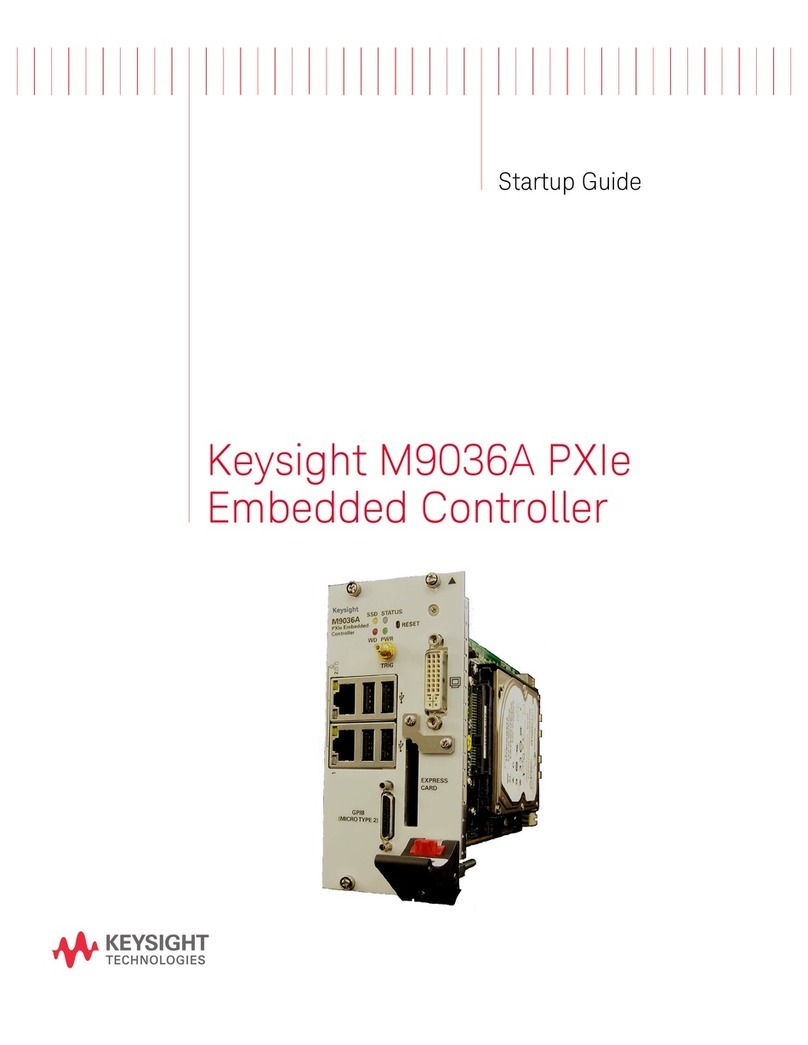
Keysight Technologies
Keysight Technologies M9036A PXIe User guide
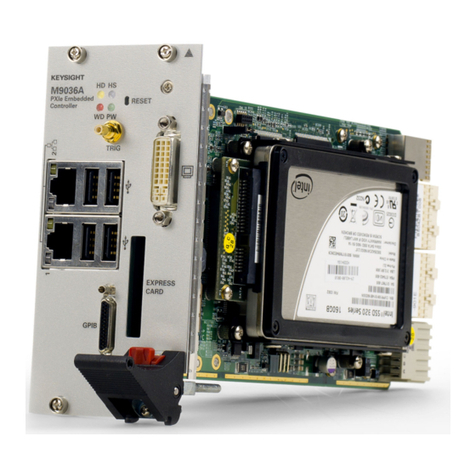
Keysight Technologies
Keysight Technologies M9036A PXIe User manual
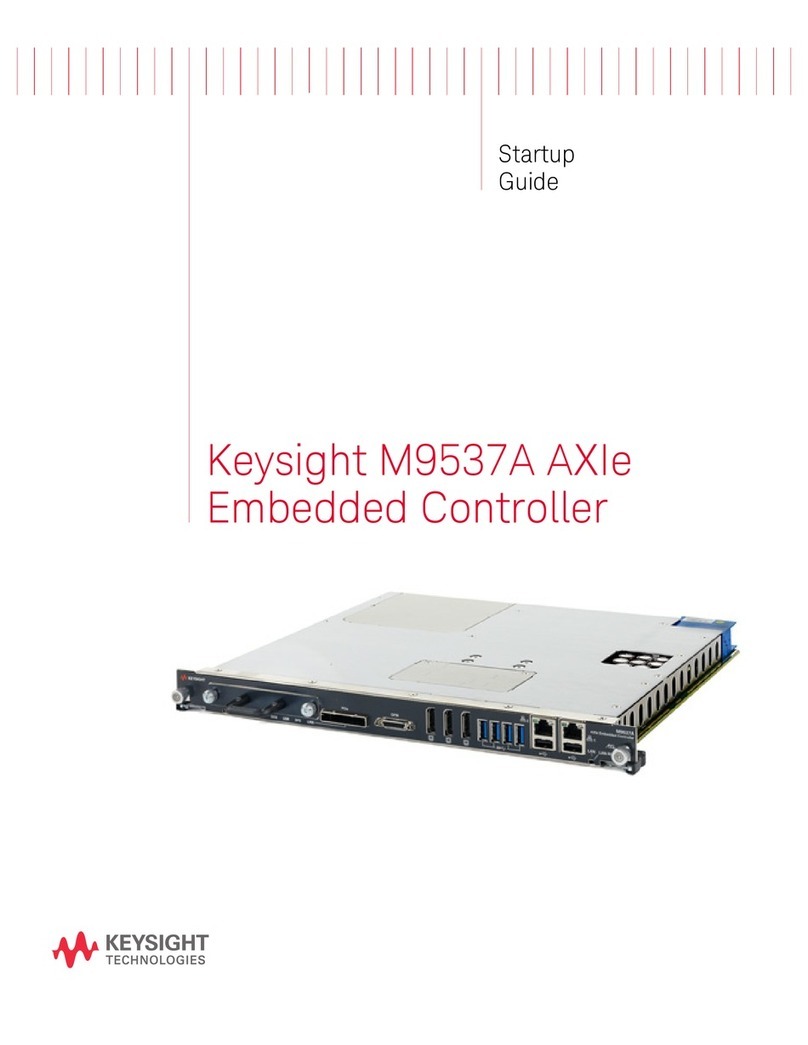
Keysight Technologies
Keysight Technologies M9537A User guide
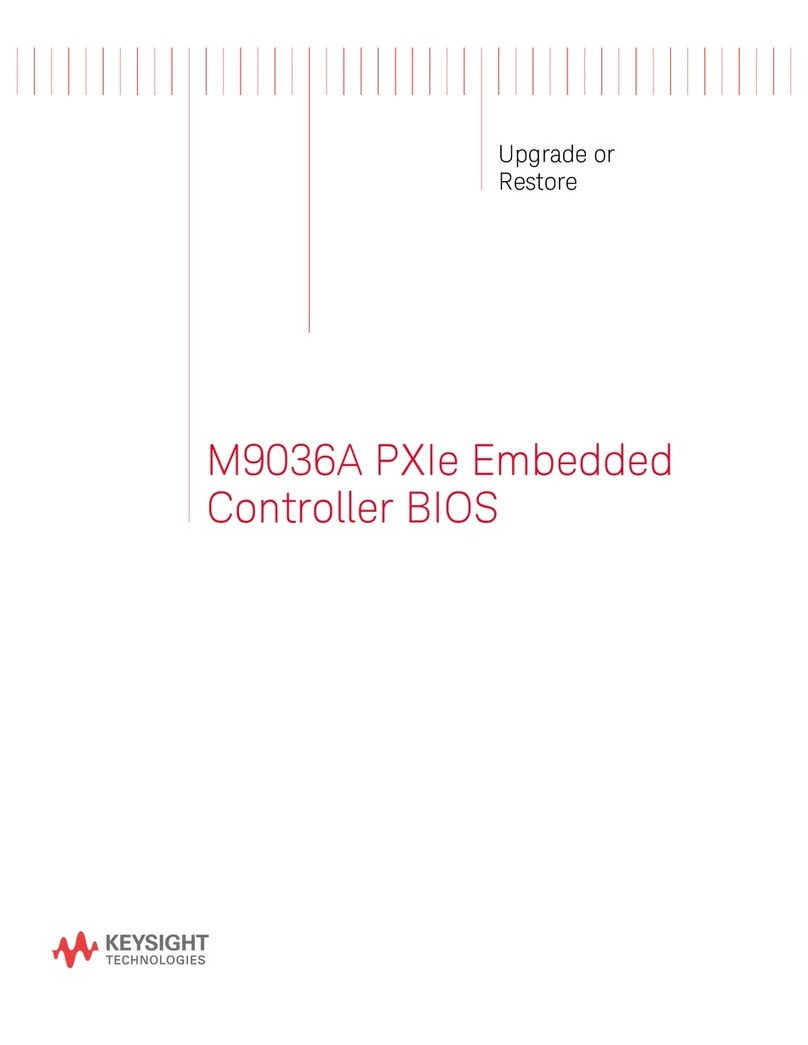
Keysight Technologies
Keysight Technologies M9036A PXIe Quick start guide
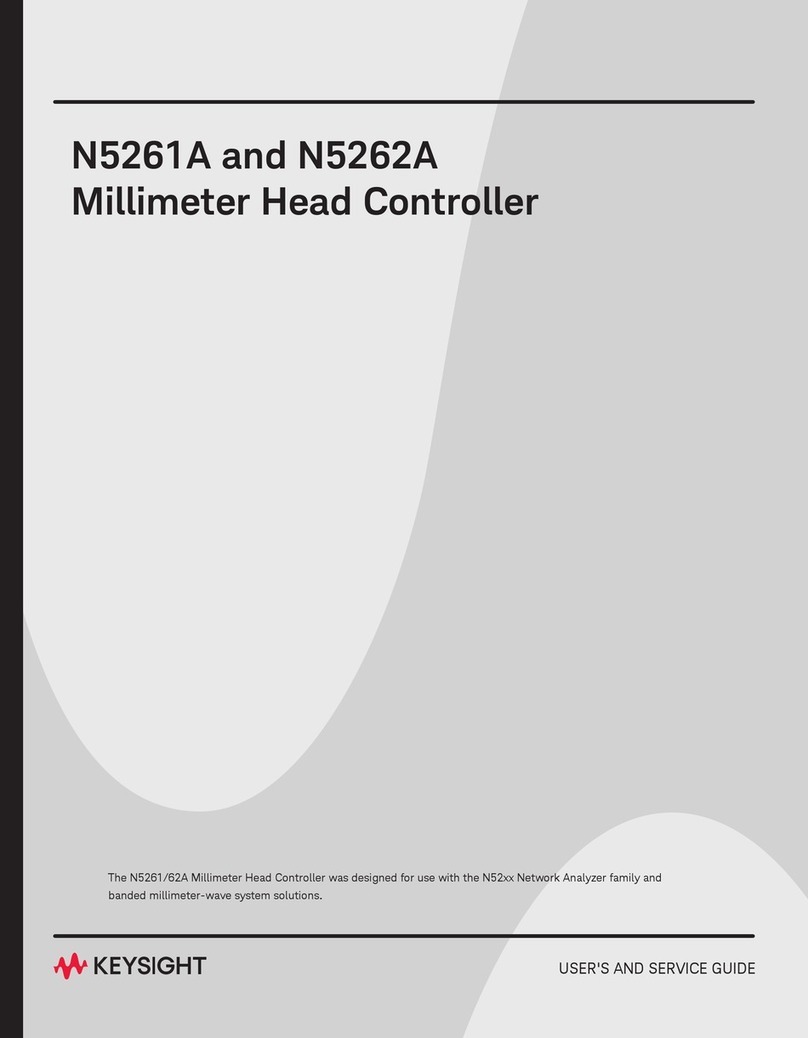
Keysight Technologies
Keysight Technologies N52 Series Manual
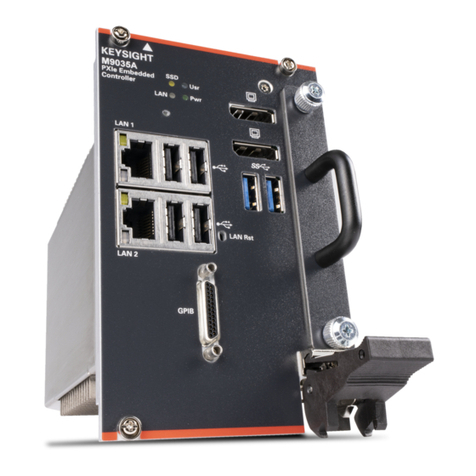
Keysight Technologies
Keysight Technologies M9035A User guide
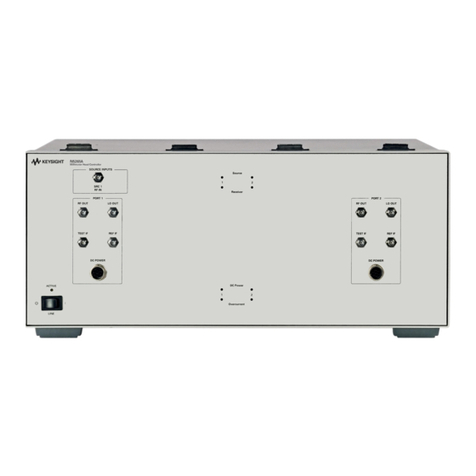
Keysight Technologies
Keysight Technologies N5261A Manual
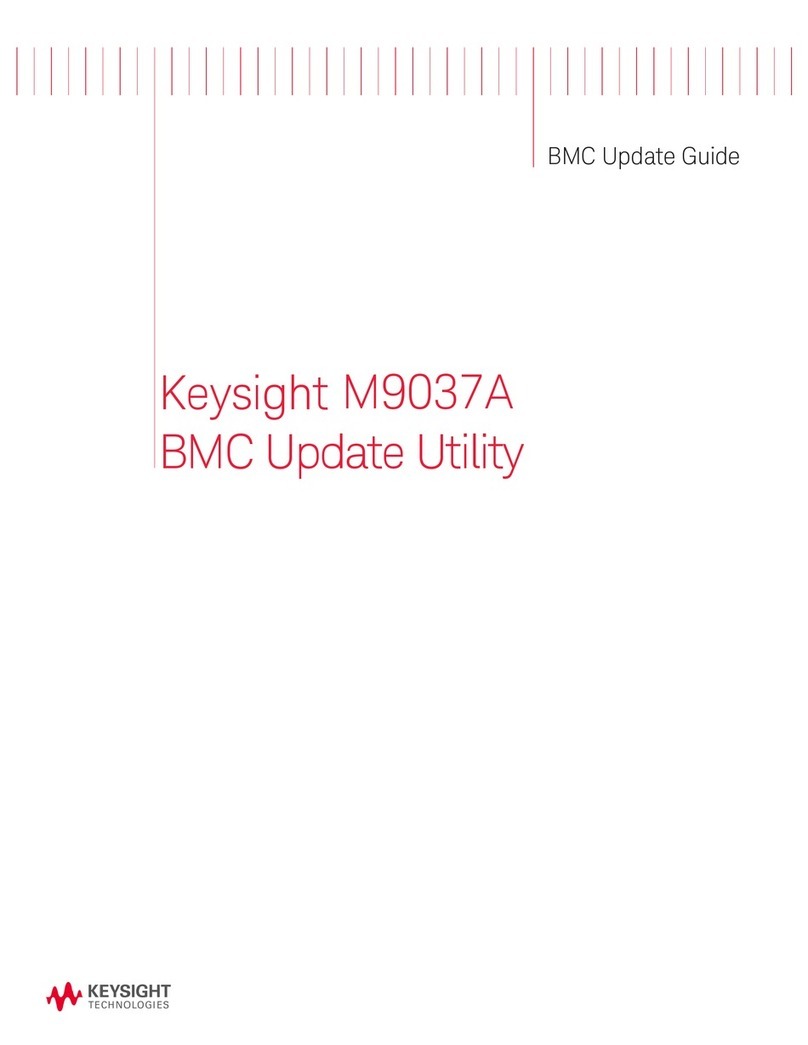
Keysight Technologies
Keysight Technologies M9037A General instructions

Keysight Technologies
Keysight Technologies M9038A User guide
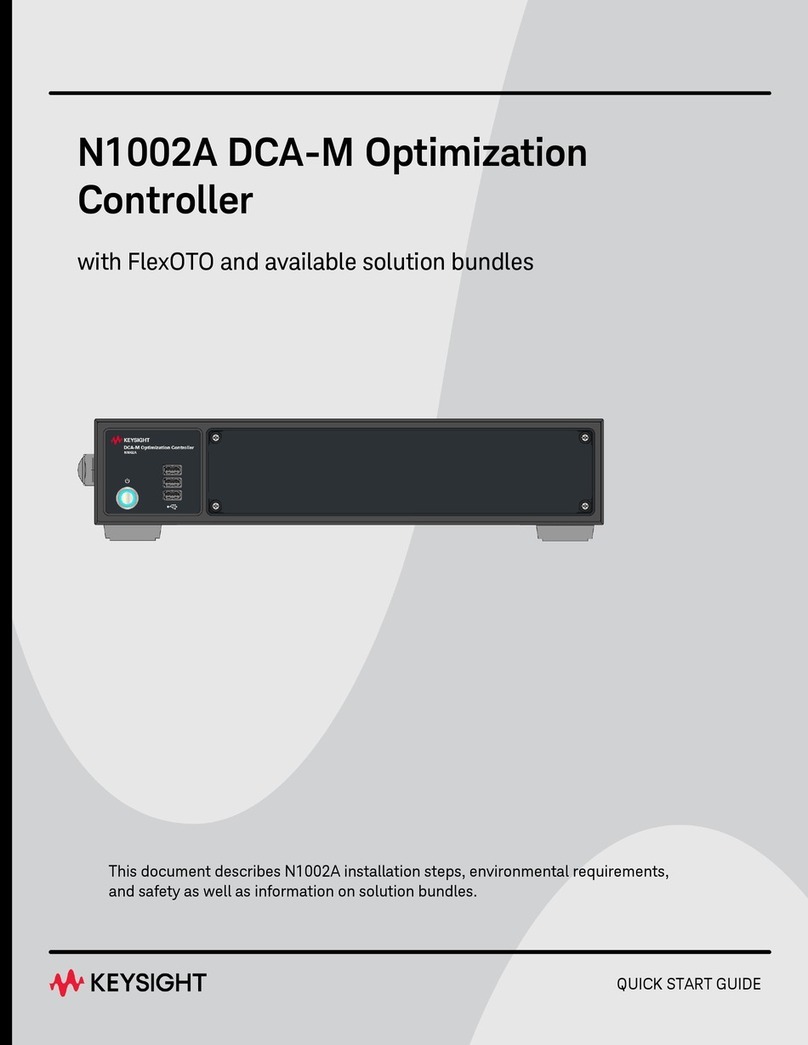
Keysight Technologies
Keysight Technologies N1002A User manual
